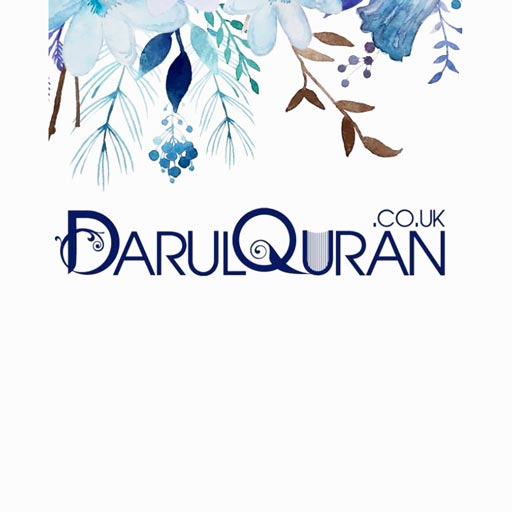
Abstract
Background and objectives: Holy Quran, the last religious reference book, describes the importance of various plants in different chapters (sura). Herbs have always been the principal form of traditional medicine in some countries. In this review article, the authors attempted to describe the impact of one of the Quranic plants (fig) from medicinal aspects. Methods: this is a review article that was conducted using verses, regarding at-tin, which were gathered from Holy Quran and internet database. The electronic search of the scientific literature was mainly conducted on ‘pubmed’. Results: one chapter of Holy Quran has been named “at-tin”, which shows the importance of this fruit. Pharmacological aspects of fig, both in traditional and modern medicine, prove its benefits in many disorders. Different parts of this plant have been used to treat various disorders such as infections, diabetes, gastric problems, inflammation, and cancer. Among the various medical uses of fig, anticancer activity has the most considerable effect. Scientists of the current century have just realized some properties and applications of fig in medicine. Conclusion: fourteen centuries ago, Holy Quran indicated the importance of “fig” by nominating one chapter of Holy Quran in “at-tin”. it is one of the miracles of Holy Quran. Altogether, further studies are recommended to be carried out especially on origin of Islamic medicine in Holy quran and its concordance with modern medicine.




